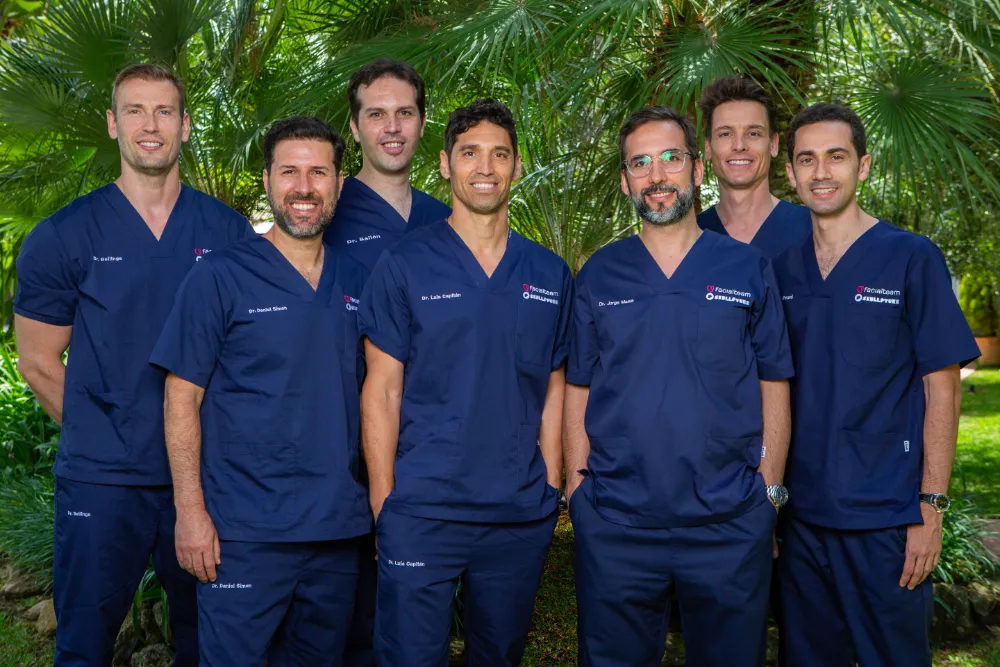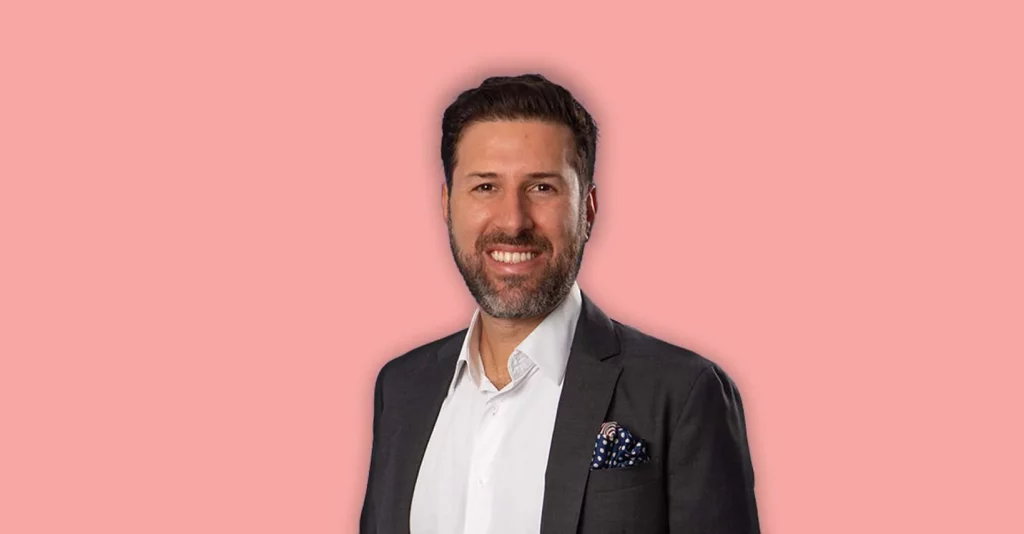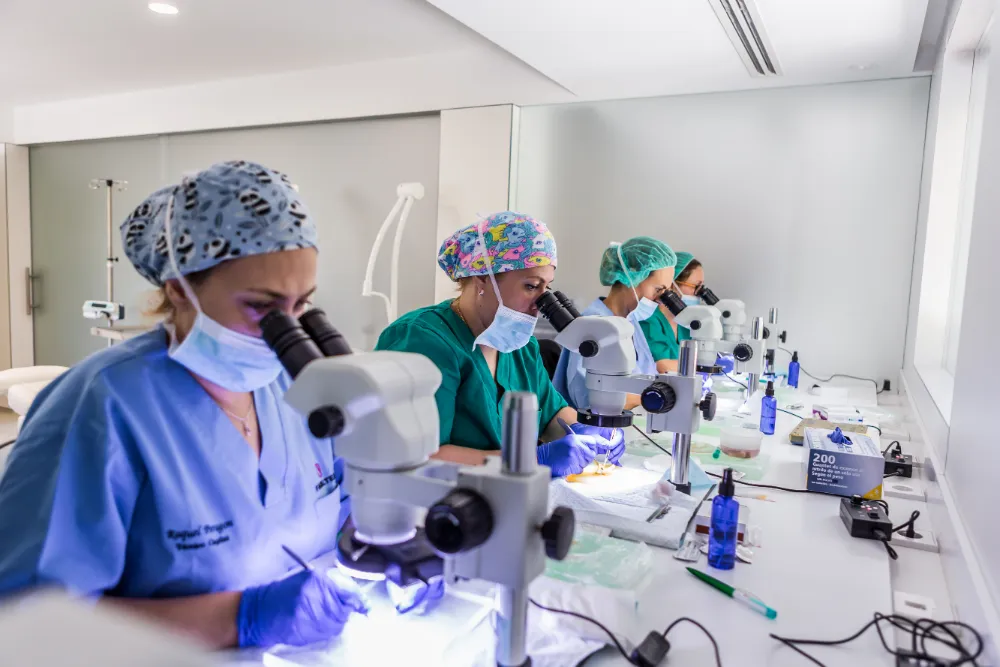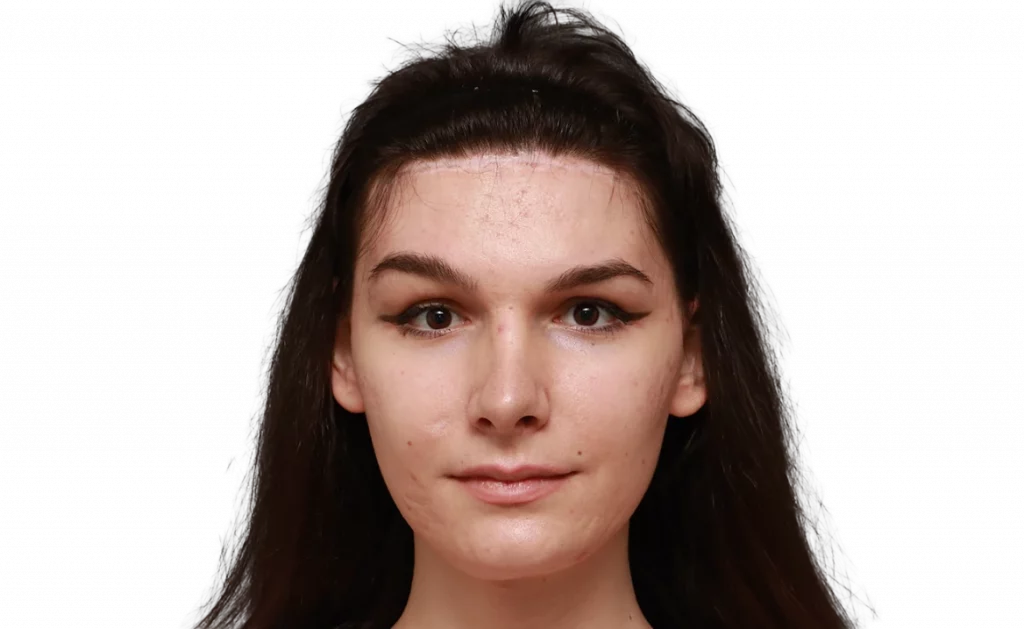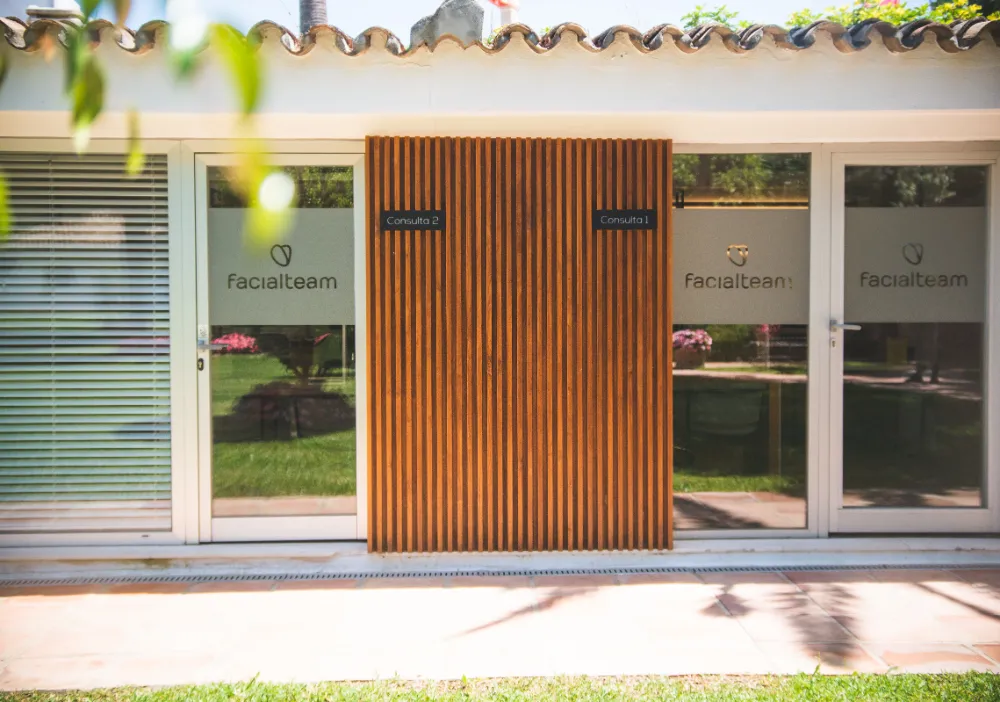Combining FFS & Orthognathics: How, When and Why.

In this comprehensive article, we aim to delve into one of the most commonly asked questions regarding the integration of orthognathic surgery with facial feminization surgery (FFS). By exploring this topic in depth, our objective is not only to answer your queries but also to provide a thorough understanding of the intricate aspects involved. Our goal is to offer valuable insights that will not only clarify concepts but also empower you with the knowledge needed to make well-informed decisions about the combination of orthognathic surgery and facial feminization surgery, ultimately ensuring a confident and informed journey towards your desired outcomes.
What is orthognathic surgery?
Orthognathic surgery is a specialized medical intervention that focuses on the correction and repositioning of the facial bones, specifically the maxillary and mandibular bones. Unlike some other medical procedures, orthognathic surgery is not tied to gender but is instead connected to the development of the facial structure.
This development can be influenced by factors during the embryonic phase, possibly having a hereditary conditioning element, or may manifest later in childhood or adolescence.
It is important to note that orthognathic surgery is not triggered by sex hormones; rather, it is often identified as a “pathology” by dentists or orthodontists who specialize in understanding and treating irregularities in dental and facial structures.
The intervention directly involves the teeth, as their alignment and position are intricately linked to the repositioning of the facial bones. For more in-depth information on orthognathic surgery you can visit our orthognathic procedure page.
To make it easier, we have gathered the most frequently asked questions that exemplify the typical doubts of our patients:
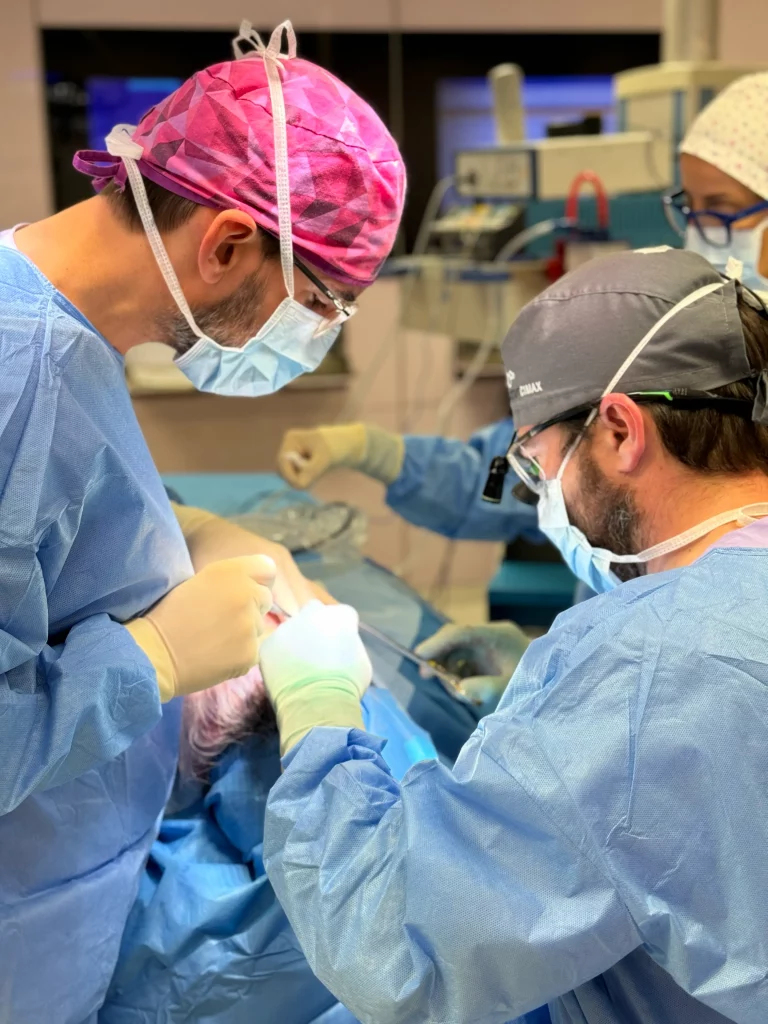
I need orthognathic surgery but I would like to focus on FFS, are they compatible?
Indeed. Orthognathic surgery can be performed in the future, since mandibular feminization only modifies the basal ridge of the mandible (it does not move teeth) and alters the bone volume, changing the format of the lower third towards a smaller size and a more delicate aspect.
Orthognathic surgery seeks to mobilize the bones, together with the teeth, to change the way they occlude and harmonize facial proportions. Both surgeries use equal approaches at the level of the jaw and chin.
It is also feasible the other way around. Once the bones have been returned to the position they should have been in, the change in shape of the mandibular bone is still pending. Orthognathic surgery may make some procedures less necessary or make surgeries simpler (e.g., rhinoplasty).
How long will I have to wait if I decide to separate the two procedures?
We normally recommend approximately one year, since this is the time needed for the soft tissues to readapt to the change in structure. However, if there is a real need, these times could be significantly shortened.
Is there an order in which they should be performed?
It will depend on each patient’s goals and personal situation. For many patients it is a priority, for whatever reason, to feminize their facial appearance. In these cases they will first choose facial feminization surgery. The advantage of facial feminization surgery is that it does not require a long preparation, since it does not depend on the position of the teeth or any other condition.
However, in orthognathic surgery, in the vast majority of cases (unless the “surgery first” protocol is followed), an orthodontic preparation phase is required, which lasts between 6 and 18 months depending on the case. This is why many patients decide to undergo feminization surgery while they are preparing their teeth for orthognathic surgery (it is perfectly compatible with any type of orthodontics, whether conventional or aligners).
If orthognathic surgery is chosen first, it will be necessary to evaluate the regions that are modified after this surgery: lips, nose, jawline and neckline, in case any of the needs have changed. Likewise, the chin could be modified indistinctly and with the same results (sliding genioplasty/telescopic genioplasty), during either of the two surgeries.
Would it be possible to combine FFS with orthognathic surgery at the same time?
The response will depend on the number of procedures to be combined. If the duration of the procedure does not exceed 8-10 hours, it will be safe and with a postoperative period that can be assumed by the patient. Let us not forget that the post-op of orthognathic surgery has some particularities:
- A crushed diet for the first 3-4 weeks and a soft diet for 1.5-2 months;
- Periodic visits with the orthodontist and the surgeon. During the first month it will be necessary to go weekly for a check-up;
- Need of a companion to “facilitate” the post-operative period. This is accompanied by significant inflammation, although to the same extent as with JAWContour® surgery.
For example, it would be feasible to combine procedures such as Adam’s Apple or frontoplasty. We do not recommend performing rhinoplasty in conjunction with orthognathic surgery that involves mobilizing the upper jaw, since the floor on which the nose rests will be modified and may not be very predictable.

I live abroad, is it still possible to have my orthognathic surgery with Facialteam?
Yes, of course, as long as three conditions are met:
- Minimum post-operative stay in Spain of 15 days. The first month is key to guarantee that the healing of the bones and the adaptation of the articular function to the new position is carried out correctly. During the immediate post-operative period, very tight scars are generated in the musculature, which will condition the functioning of our temporomandibular joint. It is necessary that, between surgeon and orthodontist, we guide the way in which the joint recovers through the use of elastics and orthodontic touch-ups. That is why we consider that the stay should be at least two weeks after surgery.
- Have the support of an orthodontist with experience in surgical cases. This person will be our eyes once the patient has returned to her country. He/she will have to be able to recognize warning signs that may require medical action. Not forgetting that the first few months after surgery is when we can take advantage of the opportunity to move teeth in a precise and accelerated manner, provided that the orthodontist has the necessary skills to do so.
- If necessary, be willing to travel for an in-person evaluation. In the event of a complication, we need as much information as possible to be able to offer you the best solution. And this will only be feasible by having a face-to-face consultation and checking the origin of the complication in situ.
Is it possible to combine JAW Contour® with orthognathic surgery?
Clearly yes. It would be a perfect moment, since it would only be necessary to approach the mandibular region once, with the consequent savings in time (surgical and post-operative) and money. When we combine both surgeries, we use the same intraoral incisions, from which both types of cuts can be made, all in a guided and pre-planned manner on the computer.
Another reason why we like to combine both in the same procedure is that we have the option of correcting the typical steps that sagittal osteotomy of the mandible can entail, generating a harmonious jawline without irregularities in the contour.
You can learn more about our unique approach and technology for Jaw Feminization, JAWContour®, in the following video or reading our procedure page.
What will my orthodontist need to know in order to prepare me for surgery?
Fluid communication between the team is mandatory. Once it has been decided to perform the surgery, we have a few months of orthodontic preparation to move the teeth to the ideal place for the surgery. Thanks to the digital era and the multitude of tools currently available, this communication and exchange of files is possible, allowing the orthodontist and surgeon to communicate and report on the evolution of the treatment during all stages.
It is necessary to take a series of essential records for the diagnosis and preparation of the treatment plan (initial phase), to plan the surgery (pre-surgical phase) and to check the proper execution of the same (post-operative phase). Photographic and video recordings, intraoral scans and craniofacial CT scans are essential in each of the stages to elaborate the perfect plan.
Final thoughts
The combination of orthognathic surgery and facial feminization is feasible, adapting to the individual needs of each patient. The decision to perform both surgeries together or separately depends on personal goals, and it is possible to start with facial feminization surgery and then opt for orthognathic surgery, or vice versa.
Fluid communication between the orthodontist and the surgeon is crucial, whether to coordinate procedures, orthodontic preparation of the patient or to guarantee postoperative success.
For those who choose to undergo orthognathic surgery with us living abroad, a minimum postoperative stay of approximately 15 days, the support of an experienced orthodontist and a willingness for in-person evaluations in the event of complications are essential.
Combining JAWContour® surgery with orthognathic surgery can be beneficial, allowing the mandibular region to be efficiently addressed.
Success lies in careful planning, effective communication and tailoring procedures to individual needs.
Let us answer your questions
If you have read this article but still need some extra information regarding FFS and/or orthognathic surgery book a free consultation now.
Our team of experts is ready to address any questions you may have regarding these.



